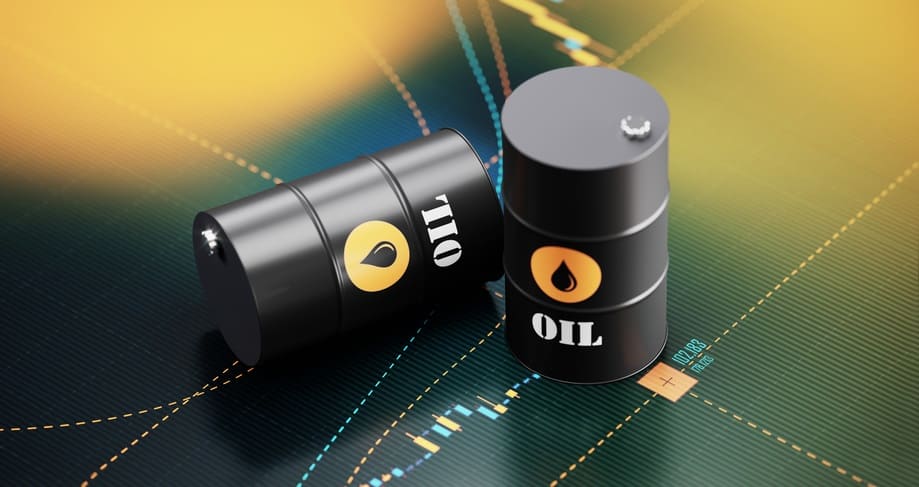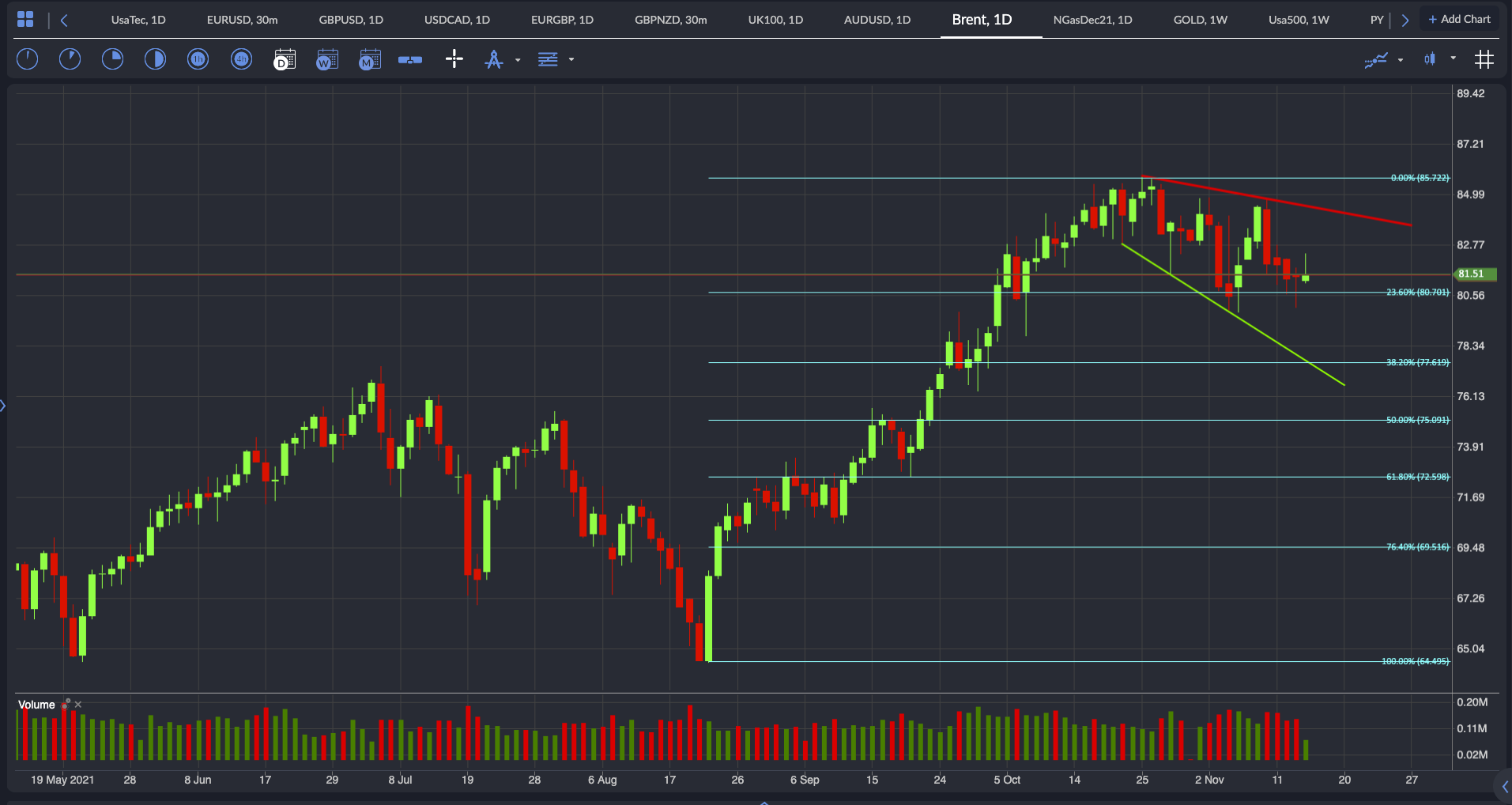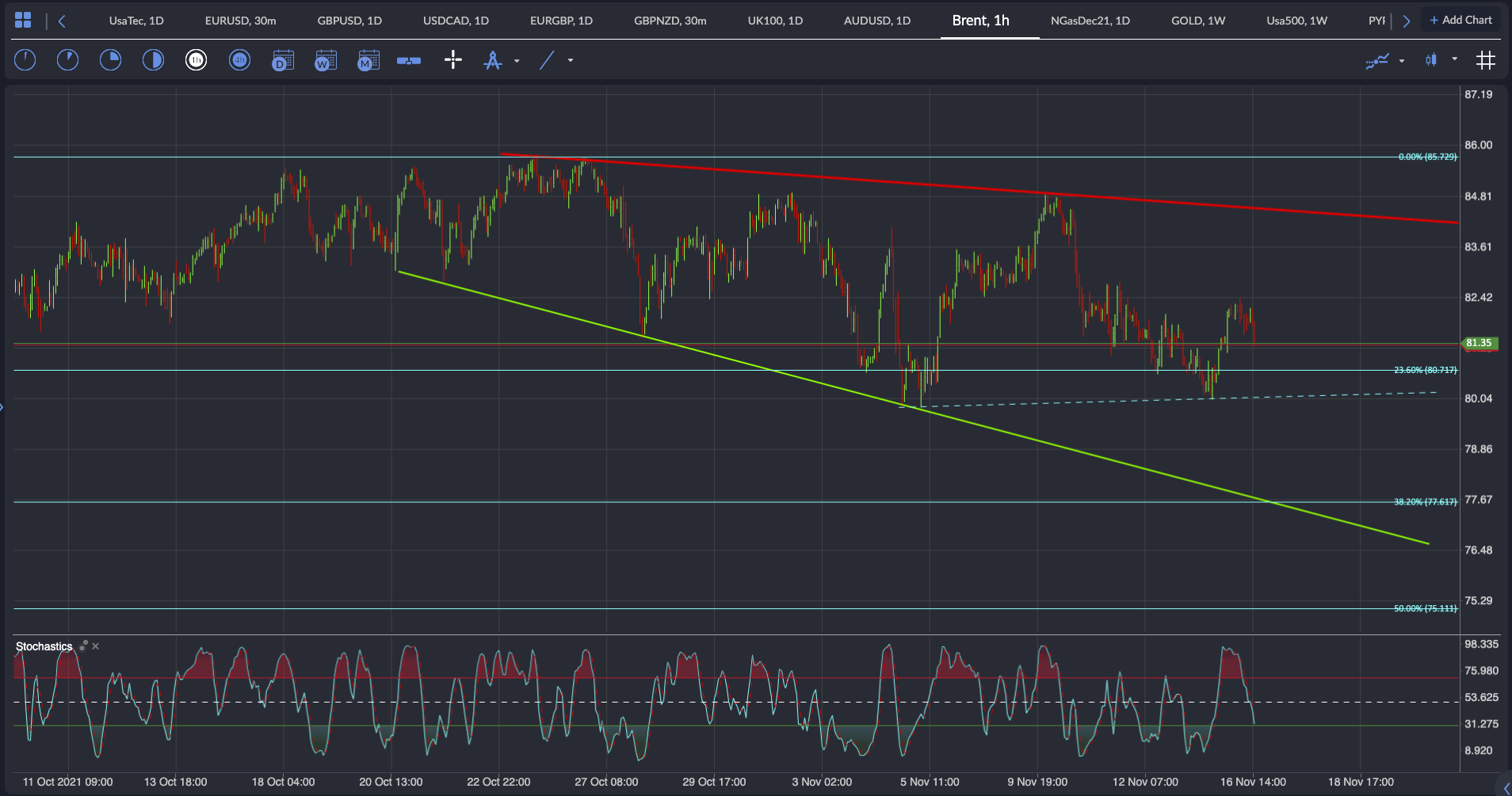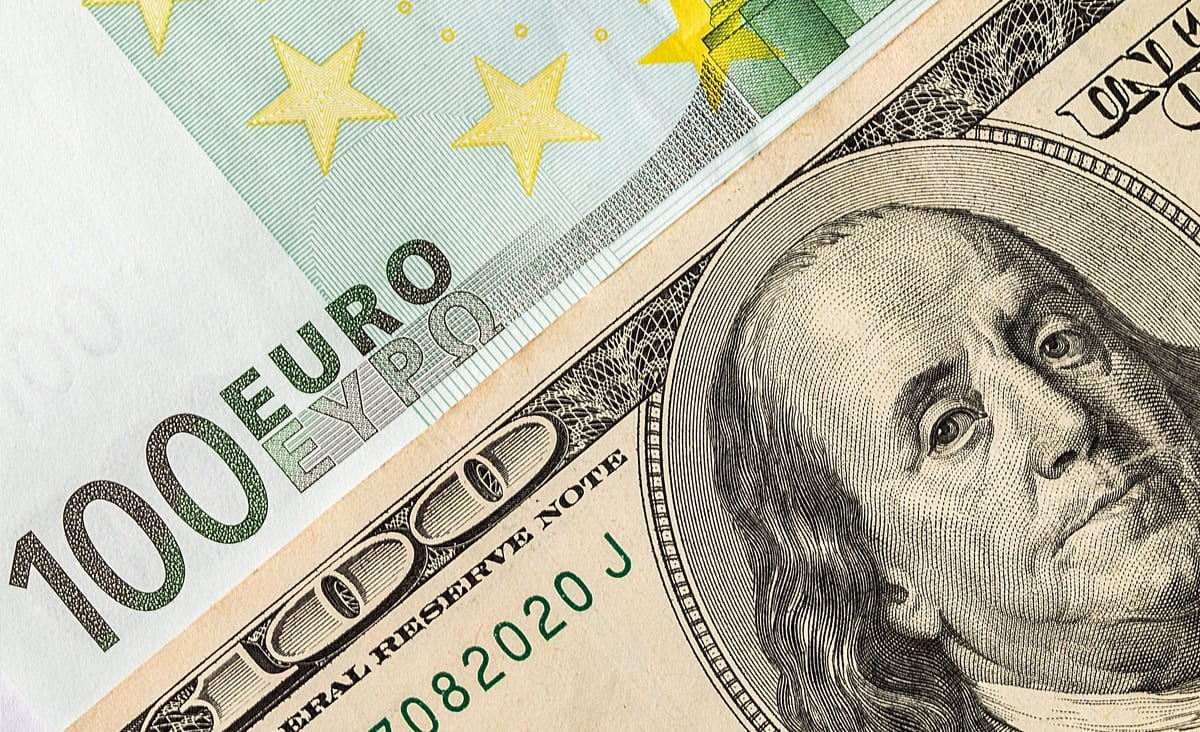Weekly Commodity Analysis
Senator Charles Schumer asked President Biden over the weekend to use the government’s emergency fuel reserves to lower gasoline prices and help consumers.
“Consumers need immediate relief at the gas pump, and so I am urging the administration to approve fuel sales from the nation’s Strategic Petroleum Reserve.”
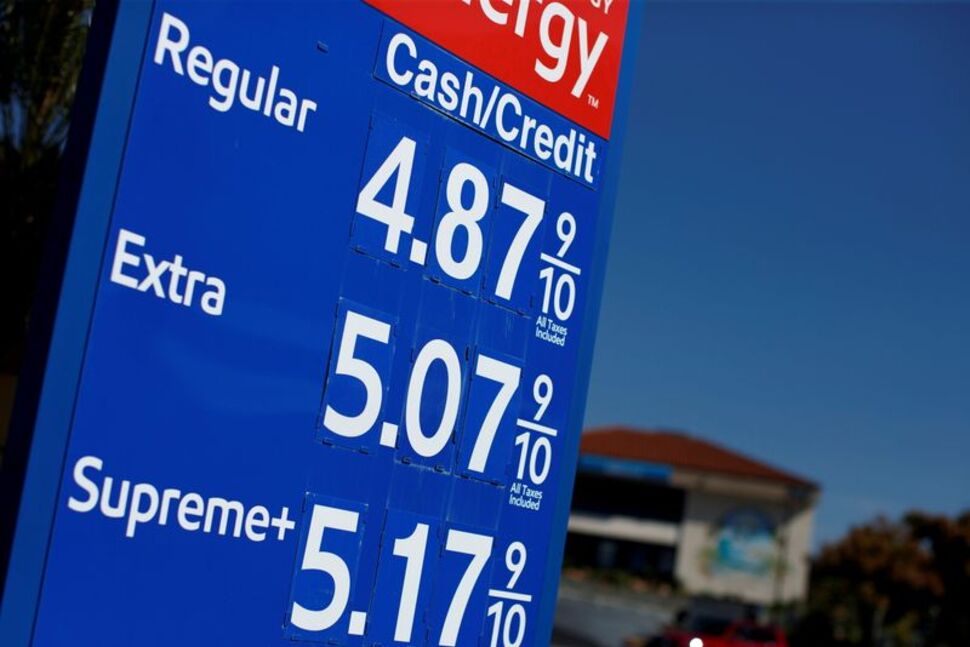

President Biden’s popularity has plummeted since the Afghanistan withdrawal debacle and in part due to the rising inflation across the states.
Over the past week or so the administration has hinted that the President may take actions aimed at dropping gas prices, with most assuming that means using the SPR.
“The president has made clear that all options are on the table,” Brian Deese, director of the White House National Economic Council, said on CNN. “We’re monitoring the situation very carefully.”
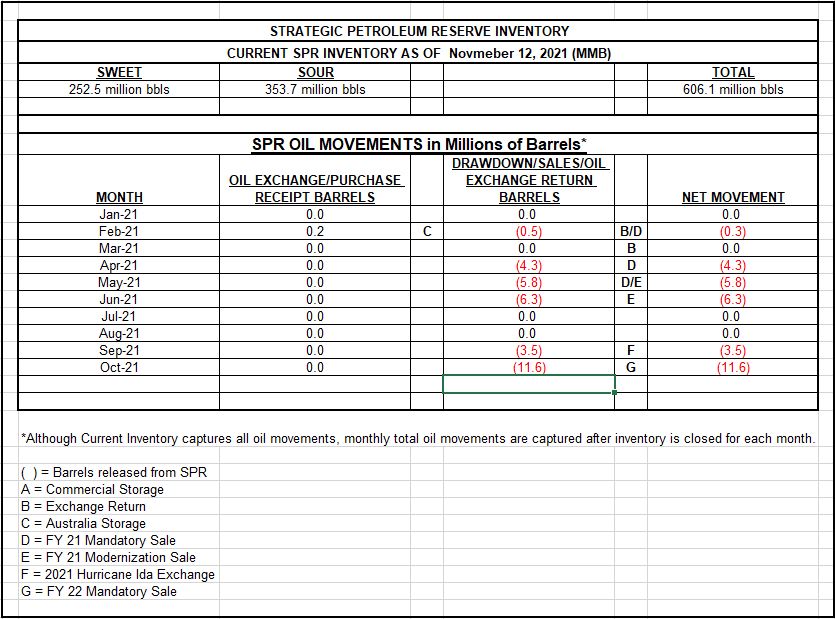

What is the SPR?
The Strategic Petroleum Reserve (SPR), the world’s largest supply of emergency crude oil was established primarily to reduce the impact of disruptions in supplies of petroleum products and to carry out obligations of the United States under the international energy program.
Would an SPR release help?
Oil market analysts do not think so. There are 609 million barrels in the SPR. That amounts to about six days of global oil consumption. For the Americans it would last around 36 days at a consumption rate of 20 million barrels a day. The SPR has been released a few times, mostly in response to hurricanes with previous SPR releases only having a brief impact on crude prices.
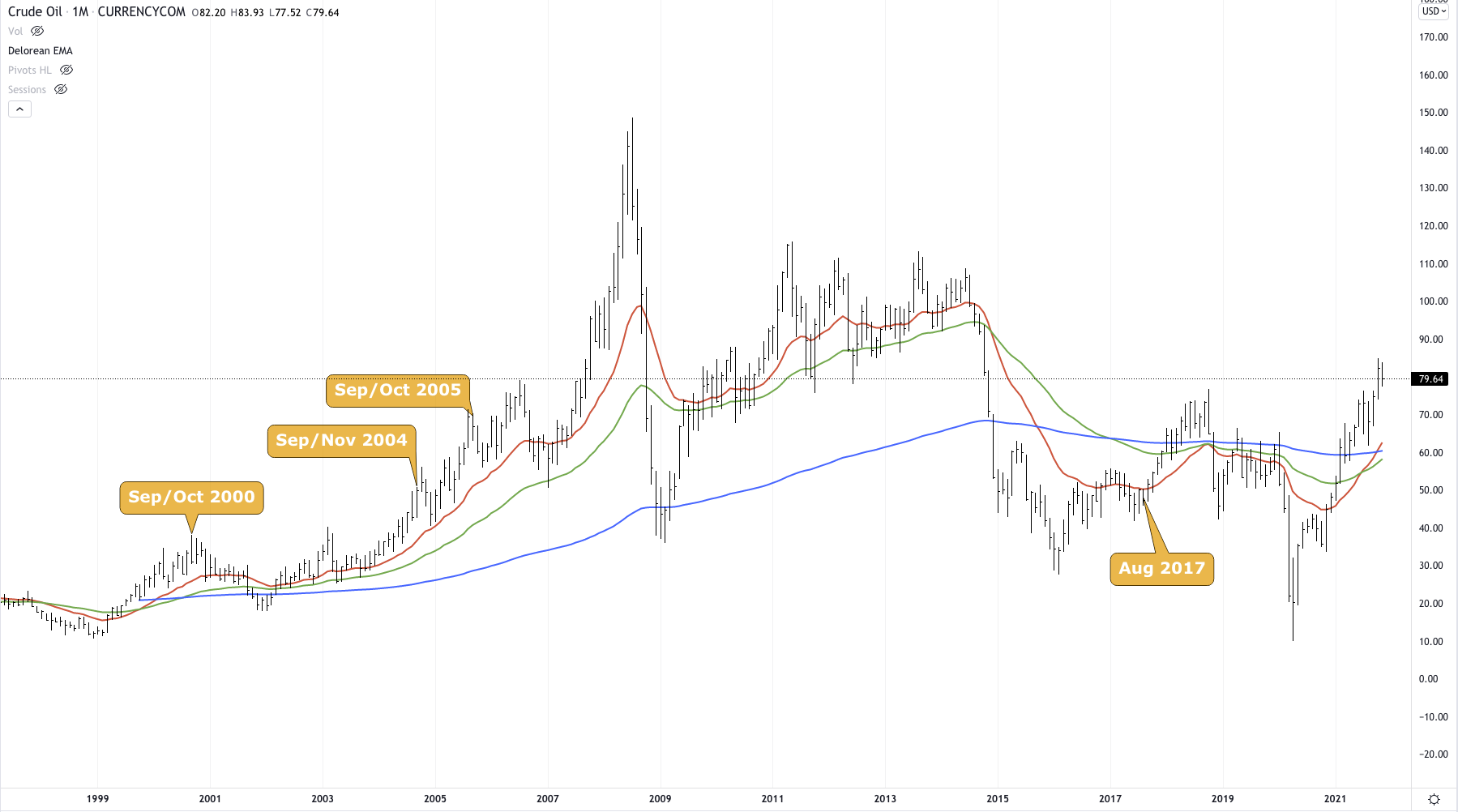

- Sep/Oct 2000 – exchanged 30 million barrels in response to concern over low distillate levels in Northeast.
- Sep/Nov 2004 – exchanged 5.4 million barrels of sweet crude due to disruptions in the Gulf of Mexico caused by Hurricane Ivan.
- Sep/Oct 2005- exchanged 9.8 million barrels of sweet and sour crude due to disruptions in Gulf of Mexico production and damage to terminals, pipelines and refineries caused by Hurricane Katrina.
- August 2017 – exchanged 5.2 million barrels of oil following Hurricane Harvey, delivered to Gulf Coast refineries as a result of much of the Gulf region’s oil refining capabilities being shut down, resulting in fuel shortages.
If the Biden administration goes this route, we should expect a quick drop in oil prices and a similarly quick recovery.
With COVID-19 demand destruction pushing oil supply into a surplus throughout the first half of 2020, the global oil market prices reverted sharply on the back of reflation trade which led to the V-shaped recovery in energy demand. This process accelerated with the production declines from OPEC+ and the USA. Oil prices are expected to be well-balanced by mid-2022 as OPEC+ loosens supply curbs and US producers increase production in response to high prices. With that said, OPEC+ is currently struggling to meet their set levels of production as several oil nations are suffering disruptions due to political unrest and COVID-19-19 related bottlenecks.
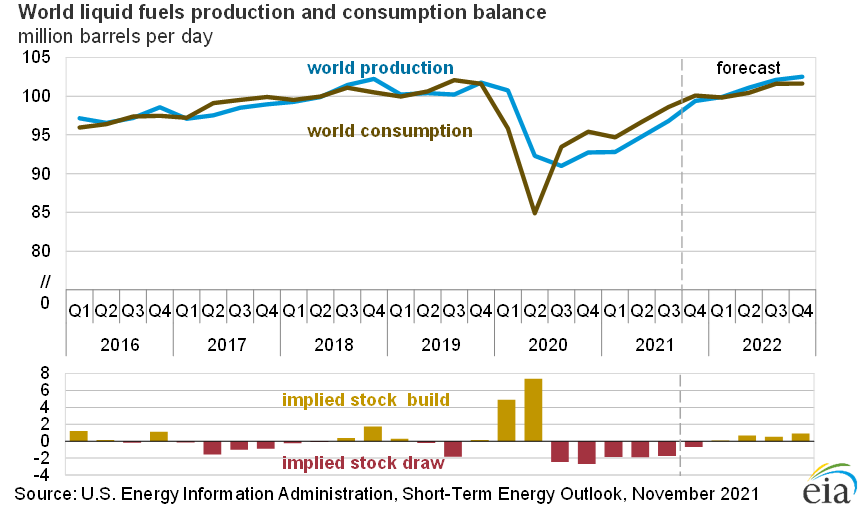

Prior to the negative impact seen because of the global pandemic, oil demand generally had been on the rise even when global economic growth had slowed. Specifically, strong demand growth in Asia and North America since 2004 resulted in higher prices until the 2008 financial crisis. After the GFC the prolonged high prices led to an explosion in upstream investment and by 2014 this led to an increased supply of oil in the US from the shale and fracking, from the tar sands of Canada, and from new wells in West Africa.
In the wake of COVID-19, Russia vs Saudi Arabia falling out at an OPEC+ meeting resulted in Saudi Arabia pumping out so much crude that for the first time ever in the history of the markets, the oil futures markets went negative. As a result of the extreme oversupply, oil inventories were extremely high during the beginning of 2020 compared to historical levels. OPEC+’s continued market management and steady recovery of demand in the 2nd half of 2020, led to a sharp decline in global inventories from the 4th quarter of 2020. The oil inventories are expected to reach pre-COVID-19 levels soon and back to 2014 levels by the end of the year, maybe early 2022.
Oil demand growth has been supported by a strong economic rebound through 2021, albeit at a slow pace across different regions and across different types of fuel. Jet fuel has only just started to pick up in demand. The spread of the delta variant and consequent mobility restrictions particularly in Asia, impacted oil demand recovery through the middle of the year. India’s oil demand declined to 4.6Mbd as they saw a horrific outbreak of COVID-19-19 and China also saw a decrease of 0.5Mbd between August and October. Due to the accelerated vaccine rollout and the loosened mobility restrictions, demand rebounded strongly in North America and Europe, though new waves are always lurking causing new potential demand side destruction. On a plus side, Oil demand in the US reached 20.7Mbd in Q3 2021, slightly higher than pre-COVID-19 levels.
See real-time quotes provided by our partner.
If oil breeches the November 5th lows, there is a real chance that the change in trend could lead to a retest of the $70-$72 per barrel price levels. If this is caused by President Biden using the SPR we should expect this pull back to be short lived and for the trend higher to recommence. It would become a great buying opportunity.
See real-time quotes provided by our partner.
However, if the fall in precipitated by a decline in demand and prices at the pump come down before the SPR release, this could be the start of a much larger decline. I am currently monitoring the H1 chart to see how price reacts to previous swing lows. If we see a dip below it could signal those buyers are still present and looking for liquidity. If the candles close at their lows after sweeping the swings, this shows the bears are fully in control.
